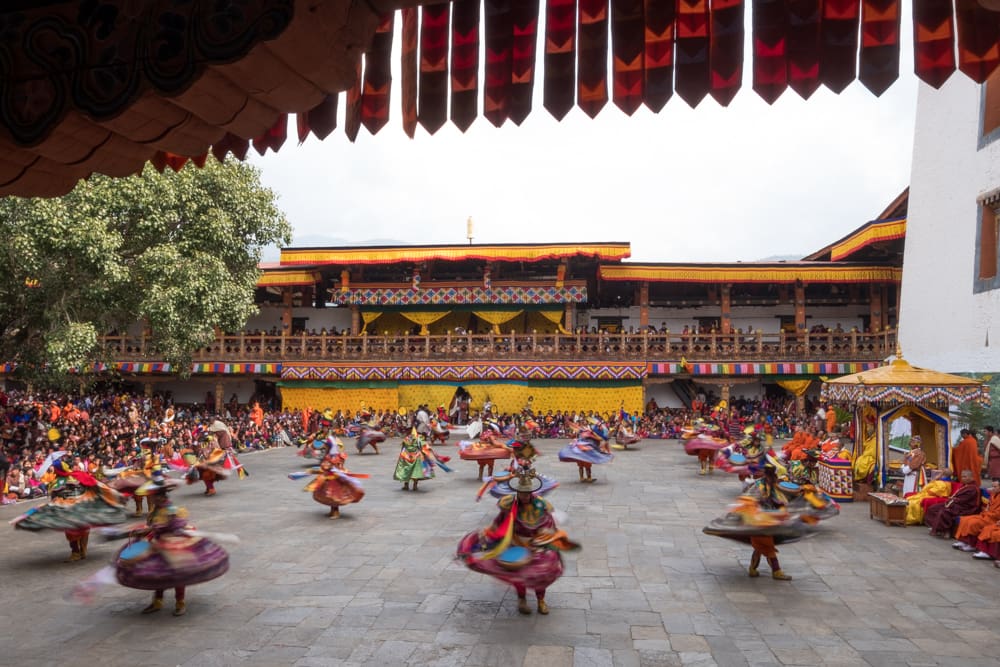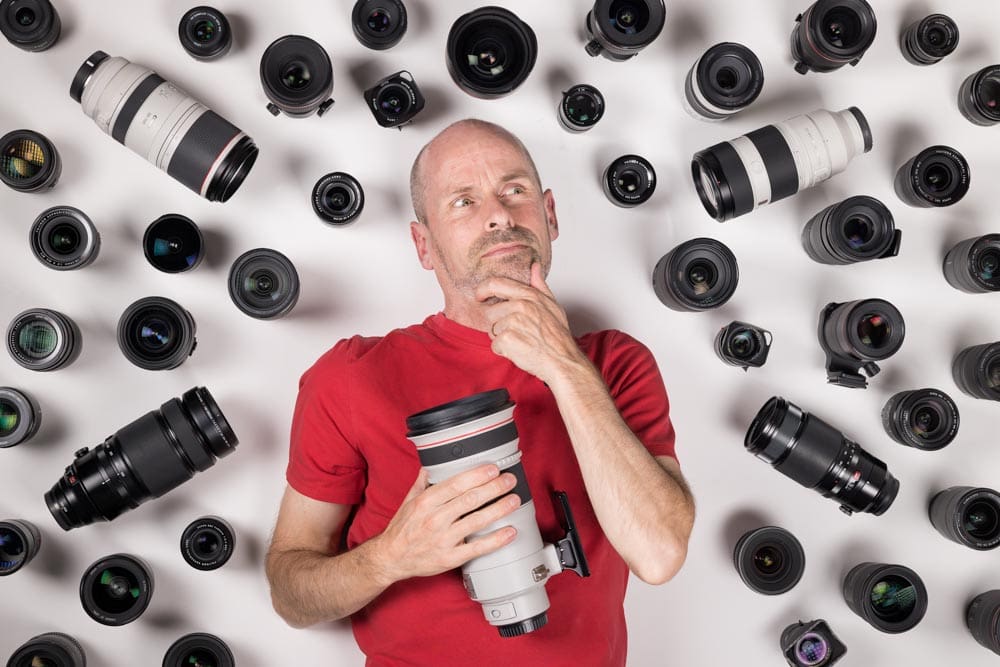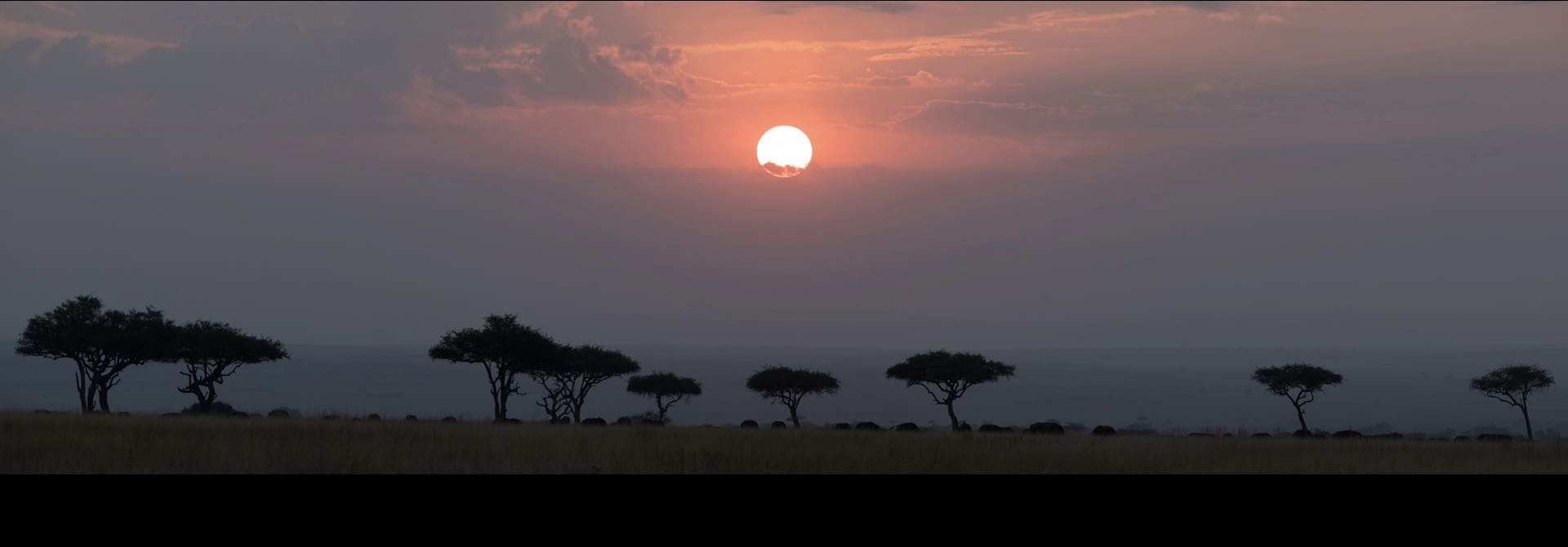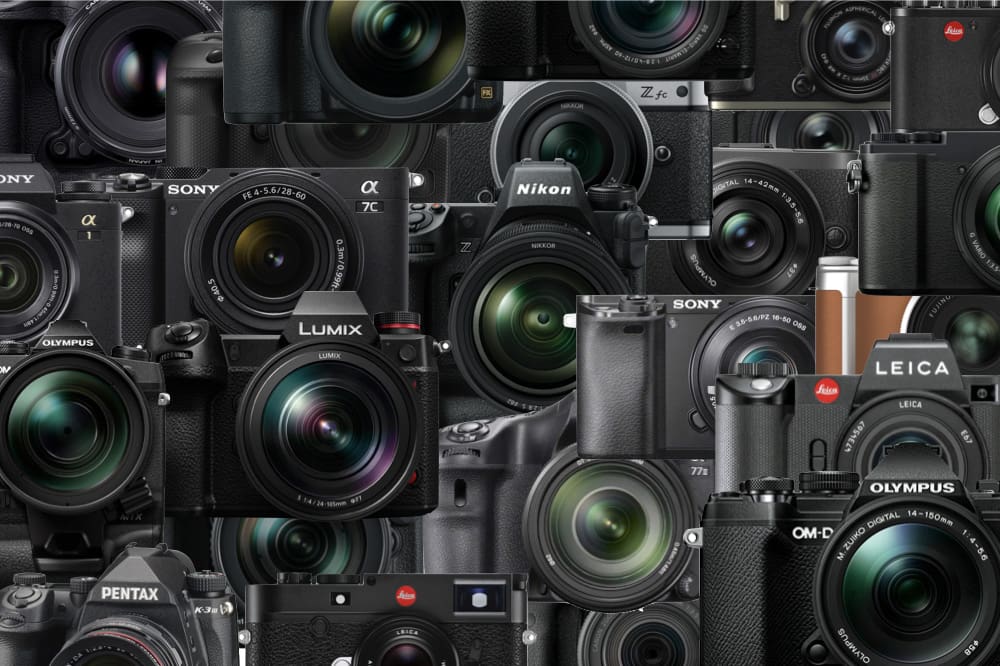With the release of my most recent Complete Camera Guide on the OM System OM-1 I’ve been contemplating the merits of cameras with a smaller sensor. I’ve been out shooting exclusively with the OM-1 and a few select lenses for a few weeks and have grown to really like it.
As many of you know I shoot with a lot of different systems: mirrorless, DSLR, Canon, Sony, Nikon, Fujifilm, Leica, and OM System (formerly Olympus). I really don’t like to pit one system against another because each has their own benefits. But it’s been a while since I spent some serious time with the micro four-thirds (M4/3) system and I’d forgotten how well it fits many of my needs.
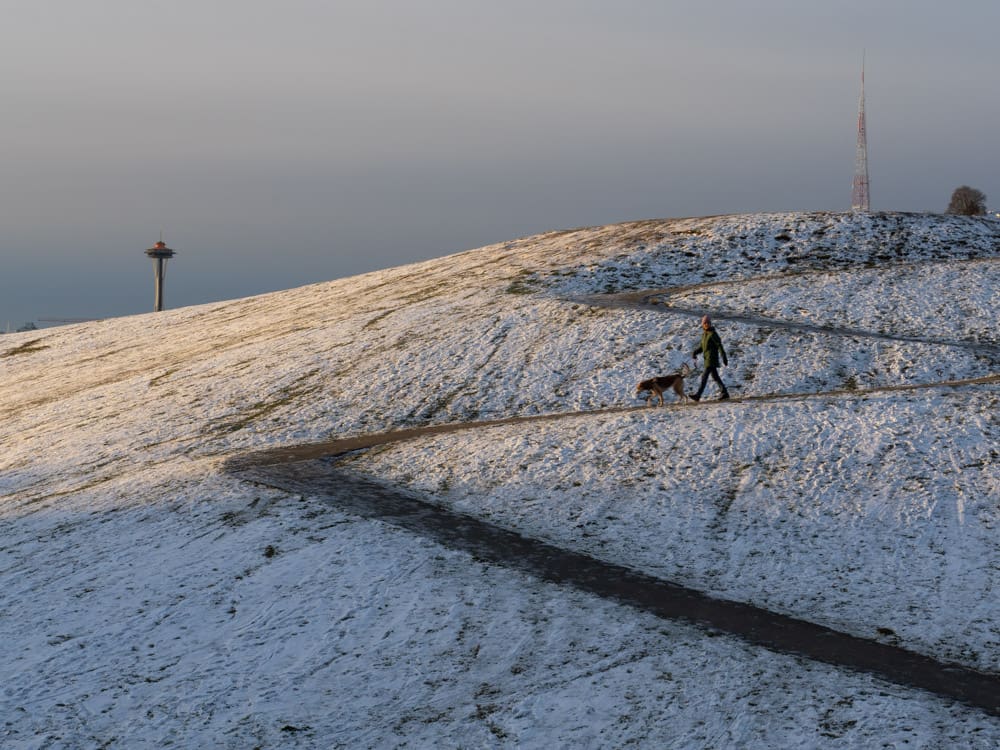
OM System OM-1, Olympus 40-150MM F/2.8 @ 40MM | f/11 | 1/80 sec | ISO 200
Compared to Larger Sensors
If you shoot a side-by-side comparison between cameras of different size sensors, the larger of the sensors will almost always win in the categories of resolution and high ISO. Two very important categories for sure, but there’s a lot more to factor in.
On a safari photo tour a few years back I had everyone submit a few photos for a critique. We used one of the lodges large 4K monitors for viewing the images. Most of the clients on our tour were serious hobbyists. Seeing how they could afford the not-so-inexpensive tour in Africa, it wasn’t surprising that most people could also afford full-frame camera systems, which is what many of them had.
As we went through the collection of photos there was a variety of quality, both from a technical and compositional point of view. One of our clients was using an Olympus M4/3 camera and when her images came up on screen, I was perplexed.
For reasons I’m not 100% sure of to this day, the images were stunningly sharp. As we went through the 5 to 10 images, everything looked quite amazing. It’s not that it was just good on its own, it was better than everyone else’s, including mine. I specifically remember being on her last image, which was a good one, and clicking off it sooner than I wanted because the longer it was on screen the more it might make everyone else a bit jealous.
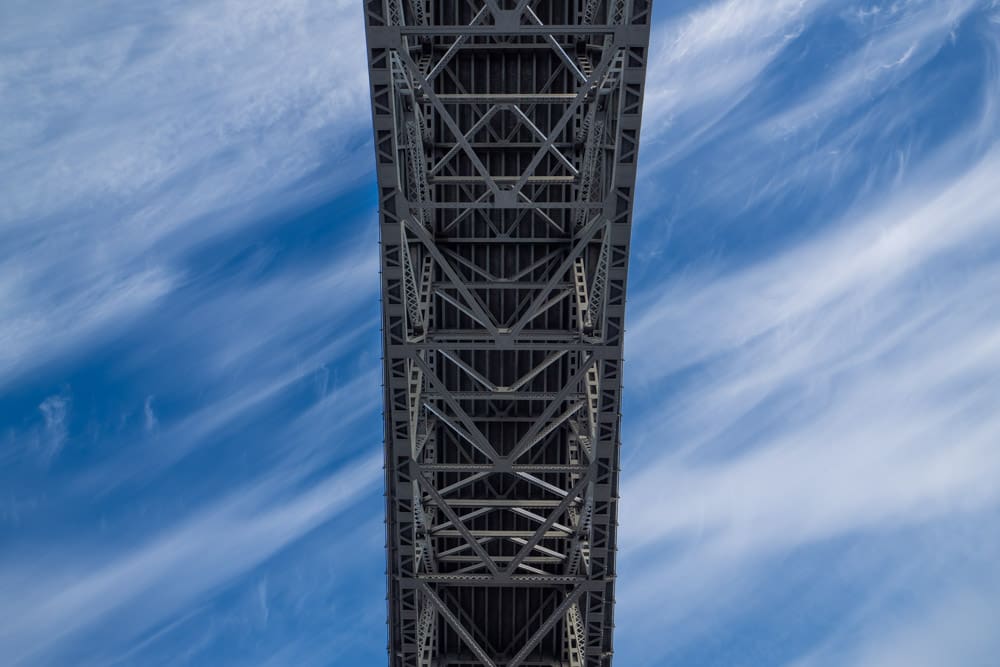
OM System OM-1, Olympus 8-25MM F/4 @ 8MM | f/8 | 1/125 sec | ISO 200
What made those images so good? It may have been that she spent a bit more time than the others editing her images to look good. Perhaps it was just that she was shooting JPEG’s that were set to an optimum sharpness and saturation. I just don’t know for sure, but I believe it may have had a bit to do with lenses.
On safari you’re going to want a 400mm lens, or more. Many folks using full-frame will use either a 100-400mm or 200-600mm depending on the available options for their system. Either way, it’s going to be a big(ish) lens. With a M4/3 system you’ll only need half that focal length. In essence, you can do more with less.
With M4/3 telephoto lenses I believe you get fantastic quality for the money. If you were to spend $1,500 USD on a big telephoto lens for full-frame, you’re going to get a good lens. Spend $1,500 USD on a M4/3 telephoto and you’re going to get an awesome lens. I think in this case the lens quality really helped maximize the sharpness on those images.
Sweet Lens Combo
My recent stint with the OM-1 was with a new lens I’ve added to my M4/3 collection. The Olympus 8-25mm is a lens I’ve been waiting for, for almost a decade. While I’ve been happy with the 7-14mm f/2.8 lens, it was a bit more than I needed for much of my work. The big con against it was the large front element and lack of filter threads. I’d been waiting for a quality wide zoom with a fixed maximum aperture and filter threads for seemingly forever.
The new 8-25mm gave me something I wasn’t expecting in an ultra-wide zoom, the added zoom range up to normal. With a full-frame equivalent of 16-50mm this lens changed the paradigm of needed lenses. I could forgo the normal zoom and simply take the 8-25mm along with a telephoto zoom and have most everything I needed in a two-lens kit.
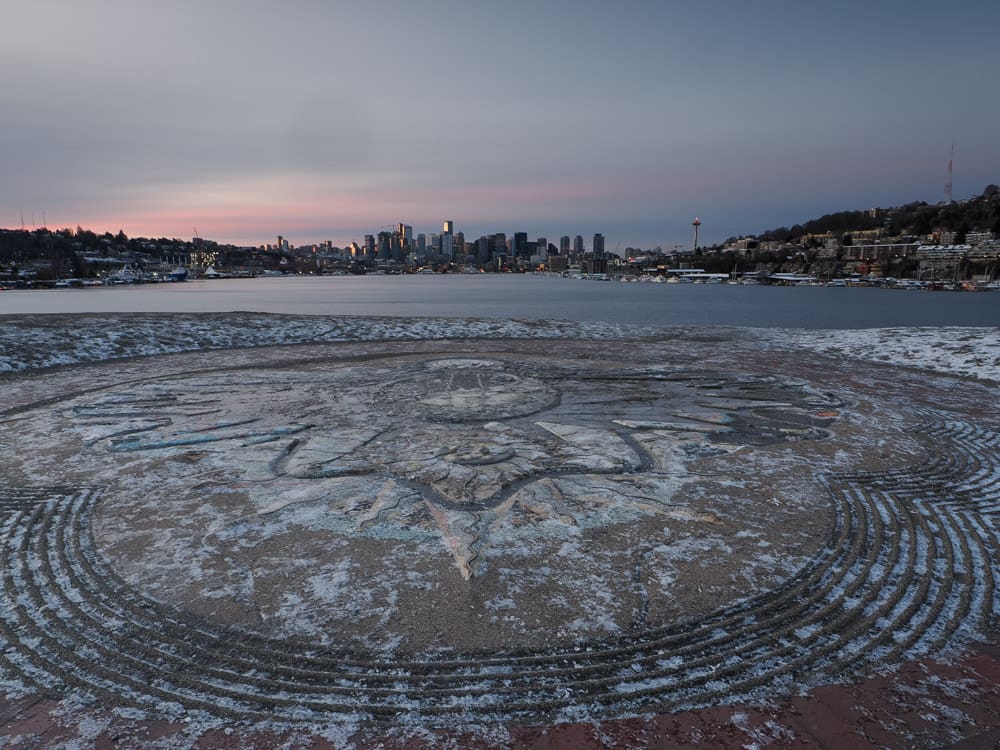
OM System OM-1, Olympus 8-25MM F/4 @ 11MM | f/11 | 1 sec | ISO 200
Fits in a Shoulder Bag
My telephoto of choice is the Olympus 40-150mm f/2.8 (FF 80-300mm) which resulted in me having coverage from ultra-wide to nearly super-telephoto. The small gap between 25mm and 40mm (FF 50mm & 80mm) is not a big deal and is quite easy to work around. While the 40-150mm f/2.8 is not a small lens, it’s modest in size and the kit of 2 lenses and one body could easily fit in a comfortable shoulder bag.
I’ve written about camera bags before, and I love backpacks for a lot of good reasons. But they don’t give you the immediate access that a shoulder bag does. When you only have two lenses, a shoulder bag is a logical choice. The ease and simplicity of switching back and forth enables quick creative thinking and action.
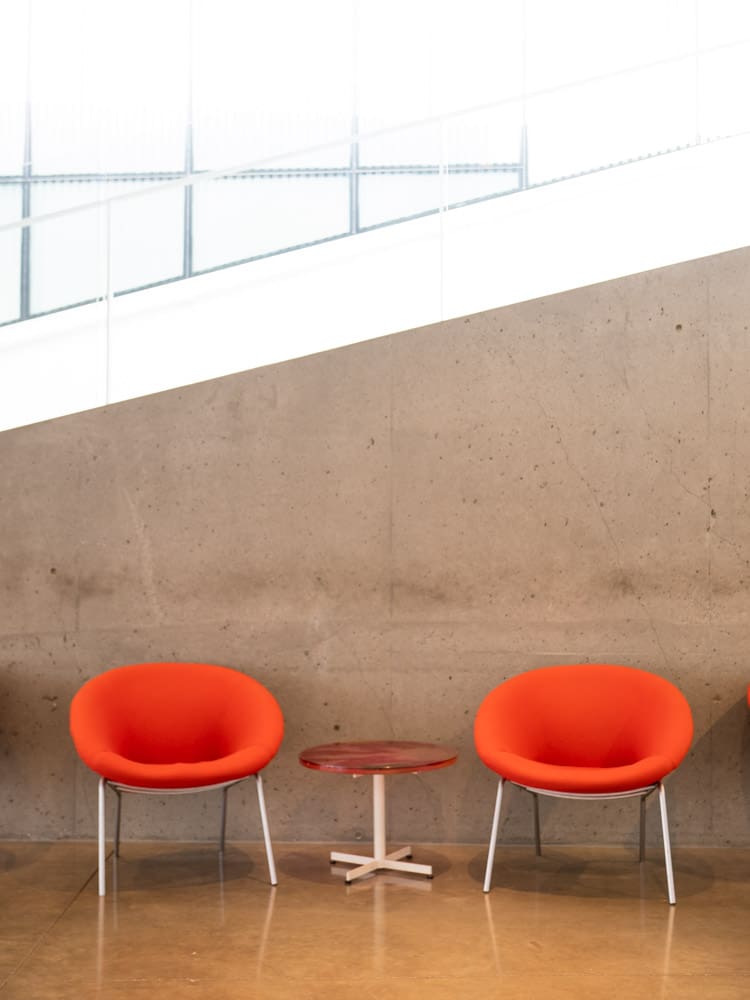
OM System OM-1, Olympus 8-25MM F/4 @ 20MM | f/4 | 1/8 sec | ISO 400
I’ve never had this much “horsepower” in a shoulder bag before. My only gripe is that whenever I spotted a new idea, the wrong lens was undoubtedly mounted on the camera. I try not to whine about changing lenses, but it seems that I oscillate between wide and telephoto shots on a regular basis. The shoulder bag made the lens changes a bit easier. Unlike a backpack, I didn’t need to take it off, find a place to put it down, assess my safety situation and who was looking in my bag.
In short, I enjoyed my time in the field with a simple but capable system. I knew that there were many options I was leaving at home, but that I had more than enough with me in the field to keep me fulfilled. And I think that is a pretty good sweet spot to find yourself in.
You’ll never be able to bring it all, and even if you could, you’d have to manage it. So bring what you can easily work with, and you might just find, that’s what will work for you.
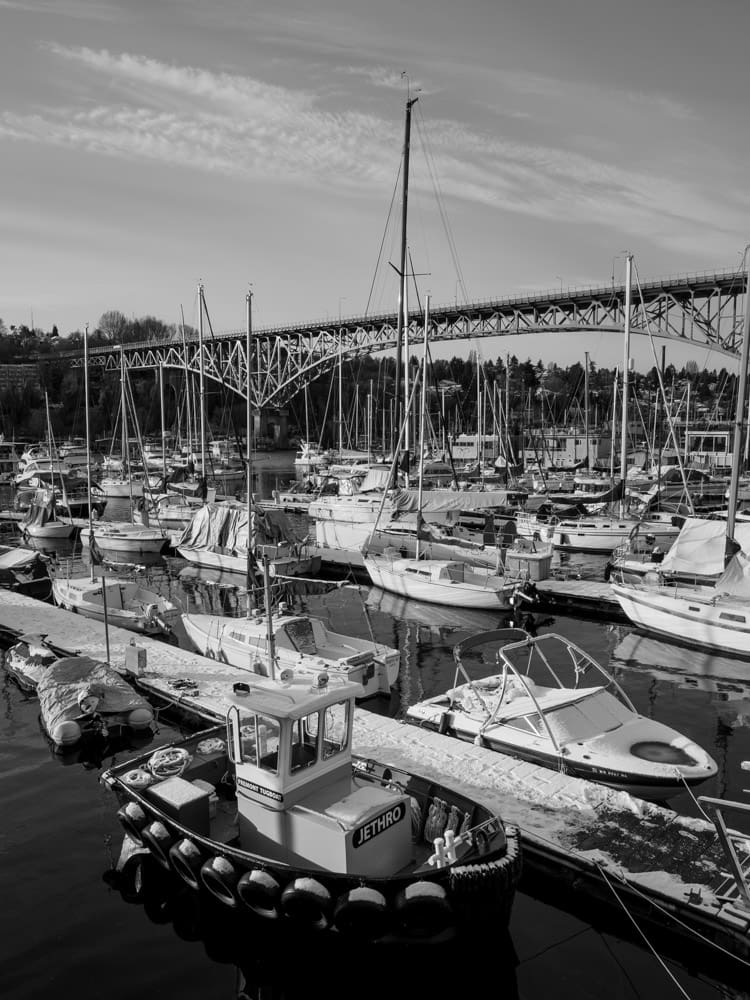
OM System OM-1, Olympus 8-25MM F/4 @ 13MM | f/8 | 1/125 sec | ISO 200
Final Thoughts
I’ve enjoyed my time with the OM-1 and the M4/3 system. I know that neither I nor anyone else will be doing a side-by-side test with full frame with the images I shot. I wasn’t shooting at crazy high ISO’s, nor was I going for the shallowest depth-of-field. The image quality is excellent and stands on its own. I did end up with a number of good images that I am using in this article and, in classes and stories to come in the future.
I think smaller systems like this are perfect for those that want a powerful little tool that won’t overwhelm you or your travels. If you are thinking or planning a photo tour, a smaller system is something to strongly consider. The quality is there, so are the features and it’s fun to use – there’s not much more one could ask for.
Become part of John’s inner circle
Sign up for the newsletter here — it’s free.
Want to become a better photographer?
Check out John’s selection of photography and camera classes here.
